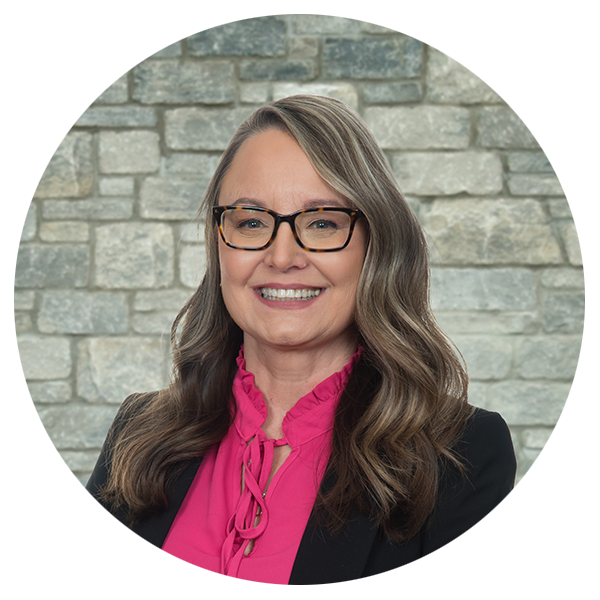The Hearing Store
Snoring
Forty-five (45%) percent of normal adults snore at least occasionally, and twenty-five (25%) percent are habitual snorers. Problem snoring is more frequent in males and overweight persons, and it usually grows worse with age. Snoring is an indication of obstructed breathing, therefore it should not be taken lightly. An otolaryngologist can help you to determine where the obstruction may be and offer solutions for this noisy and often embarrassing behavior.
What causes snoring?
In children, snoring may be a sign of problems with the tonsils and adenoids. A chronically snoring child should be examined by an otolaryngologist, as a tonsillectomy and adenoidectomy may be required to return the child to full health.
People who snore may suffer from:
- Poor muscle tone in the tongue and throat. When muscles are too relaxed, either from alcohol or drugs that cause sleepiness, the tongue falls backwards into the airway or the throat muscles draw in from the sides into the airway. This can also happen during deep sleep.
- Excessive bulkiness of throat tissue. Children with large tonsils and adenoids often snore. Overweight people have bulky neck tissue, too. Cysts or tumors can also cause bulk, but they are rare.
- Long soft palate and/or uvula. A long palate narrows the opening from the nose into the throat. As it dangles, it acts as a noisy flutter valve during relaxed breathing. A long uvula makes matters even worse.
- Obstructed nasal airways. A stuffy or blocked nose requires extra effort to pull air through it. This creates an exaggerated vacuum in the throat and pulls together the floppy tissues of the throat, resulting in snoring. This often occurs only during the hay fever season or with a cold or sinus infection. Also, deformities of the nose or nasal septum, such as a deviated septum (a deformity of the wall that separates one nostril from the other) can cause such an obstruction.
Why is snoring serious?
What is obstructive sleep apnea?
The immediate effect of sleep apnea is that the snorer must sleep lightly and keep his muscles tense in order to keep airflow to the lungs. Because the snorer does not get a good rest, he may be sleepy during the day, which impairs job performance and makes him a hazardous driver or equipment operator. After many years with this disorder, elevated blood pressure and heart enlargement may occur.
Adults who suffer from mild or occasional snoring should try the following self-help remedies:
- Adopt a healthy and athletic lifestyle to develop good muscle tone and lose weight
- Avoid tranquilizers, sleeping pills, and antihistamines before bedtime
- Avoid alcohol for at least four hours and heavy meals or snacks for three hours before retiring
- Establish regular sleeping patterns
- Sleep on your side rather than your back
- Tilt the head of your bed upwards four inches
Is there a cure for heavy snoring?
What treatments are available?
- Uvulopalatopharyngoplasty (UPPP) is surgery for treating obstructive sleep apnea. It tightens flabby tissues in the throat and palate and expands air passages.
- Thermal Ablation Palatoplasty (TAP) refers to procedures and techniques that treat snoring and some of them also are used to treat various severities of obstructive sleep apnea. Different types of TAP include bipolar cautery, laser and radiofrequency.
- Laser Assisted Uvula Palatoplasty (LAUP) treats snoring and mild obstructive sleep apnea by removing the obstruction in the airway. A laser is used to shrink the uvula and tighten a specified portion of the palate in a series of small procedures in a physician’s office under local anesthesia.
- Radiofrequency ablation - (some with temperature control approved by the FDA) utilizes a needle electrode to emit energy to shrink excess tissue in the upper airway including the palate and uvula (for snoring), base of the tongue (for obstructive sleep apnea) and nasal turbinates (for chronic nasal obstruction).
- Genioglossus and hyoid advancement is a surgical procedure for the treatment of sleep apnea. It prevents collapse of the lower throat and pulls the tongue muscles forward, thereby opening the obstructed airway.
If surgery is too risky or unwanted, the patient may sleep each night with a nasal mask that delivers air pressure into the throat. This is called continuous positive airway pressure or "CPAP”.

